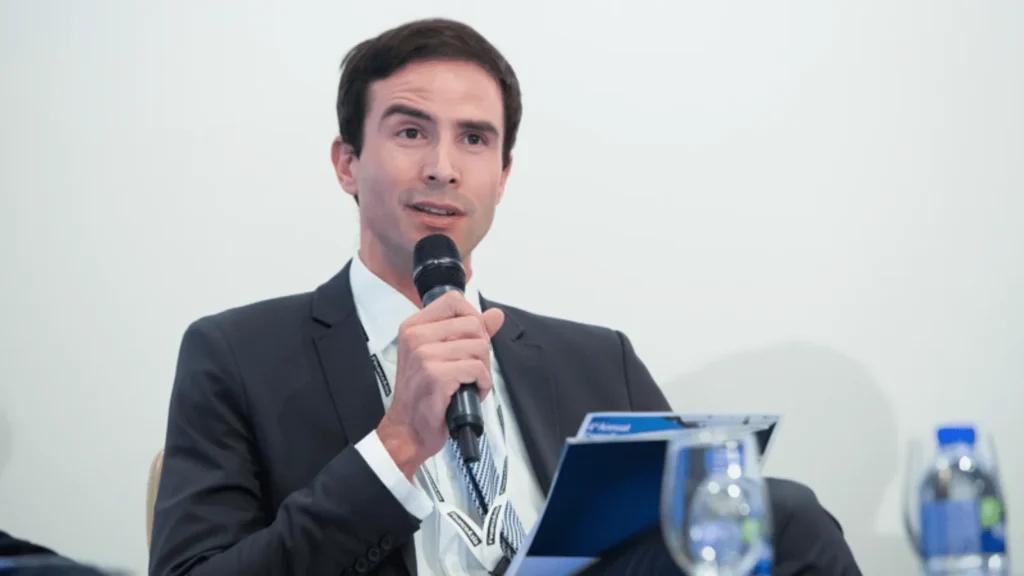The Dubai International Financial Centre (DIFC) has taken a bold step toward embracing the future of technology and finance by unveiling its highly anticipated Web3 regulatory sandbox. This move is expected to significantly impact the development and growth of Web3 businesses in the region, providing them with the tools and environment necessary to innovate and thrive.
What is the DIFC Web3 Regulatory Sandbox?
The DIFC Web3 regulatory sandbox is a unique initiative designed to allow Web3 companies to operate in a controlled and supportive environment while adhering to specific regulations. The sandbox offers a flexible framework where businesses can test their blockchain-based solutions, digital assets, and other Web3 technologies without the full burden of compliance typically required in traditional financial markets.
By offering this regulatory flexibility, the DIFC aims to foster innovation and encourage the development of emerging technologies, particularly those in the Web3 space. This includes innovations such as decentralized finance (DeFi), non-fungible tokens (NFTs), and smart contracts. The regulatory sandbox also serves as a way for regulators and businesses to collaborate, ensuring that new technologies are developed in line with legal and ethical standards.

Why is the DIFC Web3 Regulatory Sandbox Important?
The launch of the Web3 regulatory sandbox is crucial for several reasons. First, it helps to position the UAE as a global leader in blockchain and digital asset innovation. As more countries begin to embrace Web3 technologies, having a regulatory framework in place is essential for attracting international companies and investors to the region. The DIFC’s sandbox offers a secure environment for companies to test their ideas without worrying about immediate regulatory hurdles.

Additionally, this sandbox creates a space for creativity and experimentation. Web3 technologies are still in their early stages, and traditional regulatory frameworks may not be suitable for businesses operating in this space. By offering a more flexible environment, the DIFC ensures that innovators can explore new concepts while keeping within the bounds of the law.

Key Features of the DIFC Web3 Regulatory Sandbox
The DIFC Web3 regulatory sandbox is built around several key features that distinguish it from other regulatory frameworks. These features include:
- Flexible Regulatory Framework: The sandbox allows businesses to operate within a more flexible set of regulations tailored to Web3 technologies. This flexibility ensures that companies can experiment with new ideas without the fear of breaching existing laws.
- Collaboration with Regulators: Companies operating within the sandbox will have the opportunity to work closely with regulators. This collaboration helps ensure that businesses understand and comply with regulatory expectations, and it also provides regulators with valuable insights into the latest trends in Web3.
- Access to Resources and Expertise: Participants in the sandbox will have access to a wealth of resources, including mentoring, training, and networking opportunities. These resources are designed to help companies navigate the complexities of the Web3 ecosystem and develop viable business models.
- Test in a Controlled Environment: Companies can launch pilot projects and test their products in a controlled environment before scaling them to the broader market. This reduces the risks associated with launching untested technologies and allows businesses to gather feedback from users and regulators.
Who Will Benefit from the Web3 Regulatory Sandbox?

The launch of the DIFC Web3 regulatory sandbox is expected to benefit a wide range of stakeholders, including entrepreneurs, investors, and regulators. Web3 startups looking for a supportive environment to test their technologies will find the sandbox to be a valuable resource. By reducing the regulatory burden, startups can focus on innovation and development without the constant pressure of compliance.
For investors, the sandbox offers a more predictable and secure environment to fund Web3 startups. Investors can be more confident that businesses operating within the DIFC sandbox are adhering to specific regulatory standards, reducing the risks associated with investing in early-stage technologies.
Regulators will also benefit from the sandbox, as it allows them to keep up with the rapidly evolving Web3 space. By working closely with businesses, regulators can better understand the technology and anticipate potential risks, allowing them to craft policies that support innovation while safeguarding the public interest.
How Does the DIFC Web3 Regulatory Sandbox Align with UAE’s Vision?
The UAE has long been at the forefront of technological innovation in the Middle East. With initiatives like the Dubai Blockchain Strategy and the UAE Digital Economy Strategy, the country has shown a strong commitment to becoming a global leader in technology and innovation. The launch of the DIFC Web3 regulatory sandbox is a natural extension of this vision, providing a platform for Web3 technologies to flourish in a secure and regulated environment.
The UAE government has made it clear that it is committed to fostering an innovation-driven economy. The DIFC Web3 regulatory sandbox is part of a broader effort to build a sustainable digital economy, attract global talent, and create an environment where new technologies can thrive.
The Future of Web3 in the UAE
The DIFC Web3 regulatory sandbox is just the beginning of the UAE’s efforts to shape the future of Web3 in the region. By offering a platform for innovation, the UAE is laying the groundwork for the growth of a thriving Web3 ecosystem. As the sandbox attracts more businesses, the UAE will likely become a hub for Web3 technologies, attracting international talent and investment.
The success of the DIFC Web3 regulatory sandbox will also likely inspire other financial centers around the world to follow suit, creating a global network of regulatory sandboxes that support the growth of Web3 technologies. This could lead to the development of international standards and regulations, helping to drive the global adoption of blockchain and Web3 solutions.
Conclusion
The DIFC Web3 regulatory sandbox is a game-changing initiative that promises to accelerate the growth of Web3 technologies in the UAE. By offering a flexible and supportive environment for Web3 companies to test and develop their ideas, the DIFC is positioning itself as a global leader in digital innovation. With the right regulatory framework in place, the UAE is set to become a hotbed for Web3 startups, attracting international talent and investment while ensuring the safe and responsible development of these cutting-edge technologies.
The DIFC’s sandbox initiative is a prime example of how regulatory bodies can adapt to the rapidly changing world of technology, ensuring that innovation and regulation go hand in hand for the benefit of all stakeholders. With this initiative, the DIFC is leading the charge in building a digital economy that is both innovative and secure.
Also read: UAE Launches Smart Trade Corridor with Saudi Arabia














